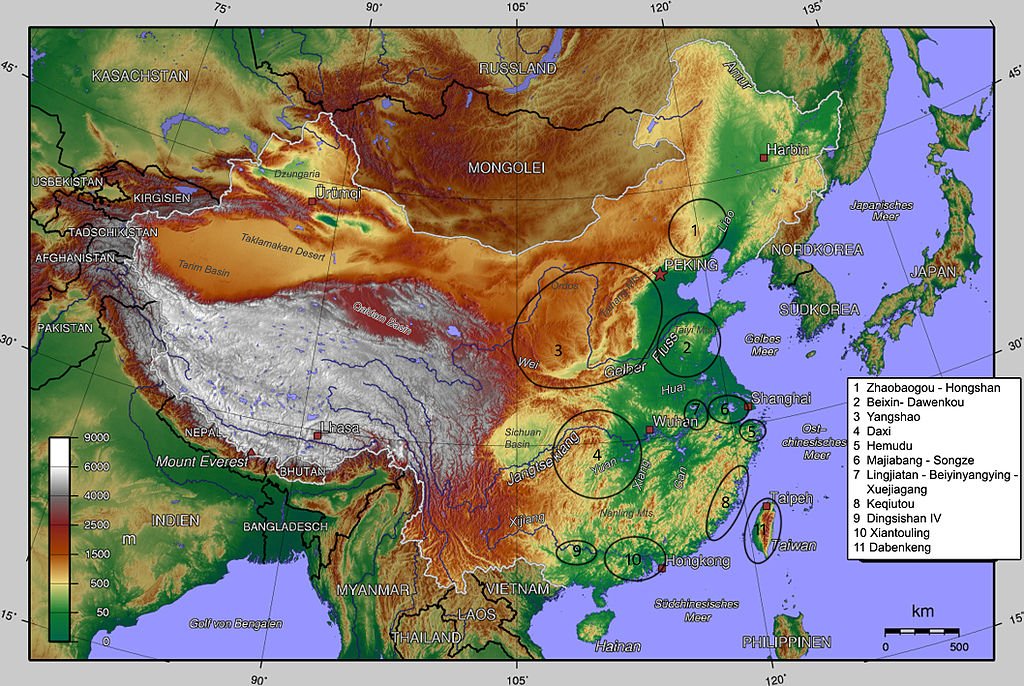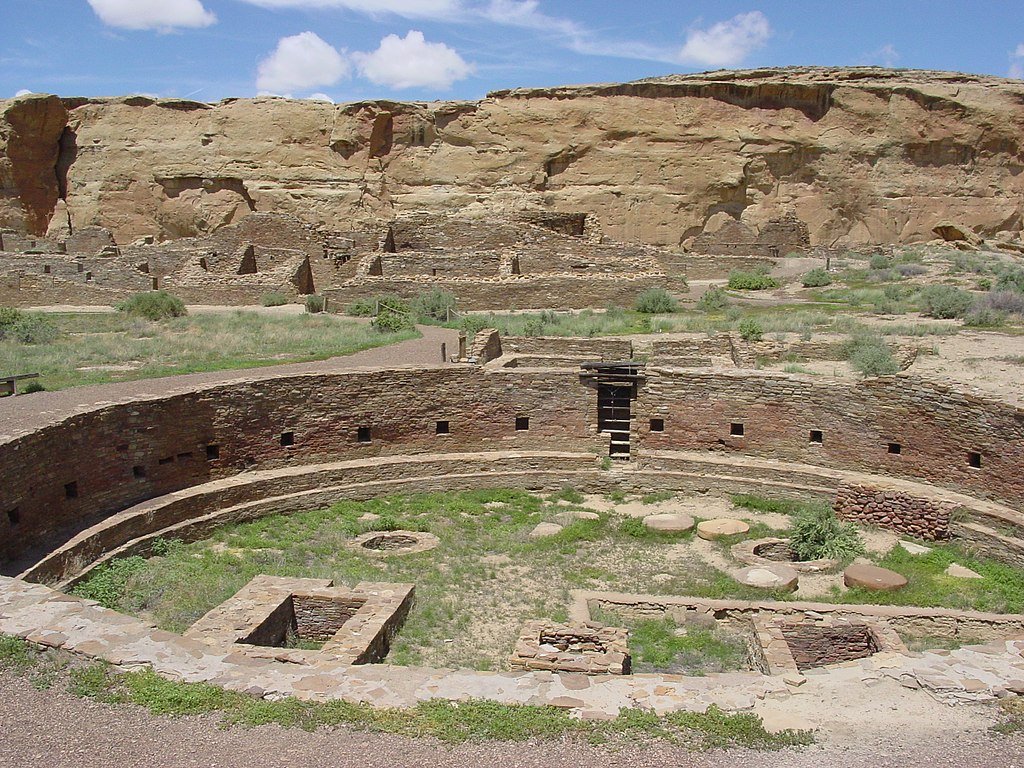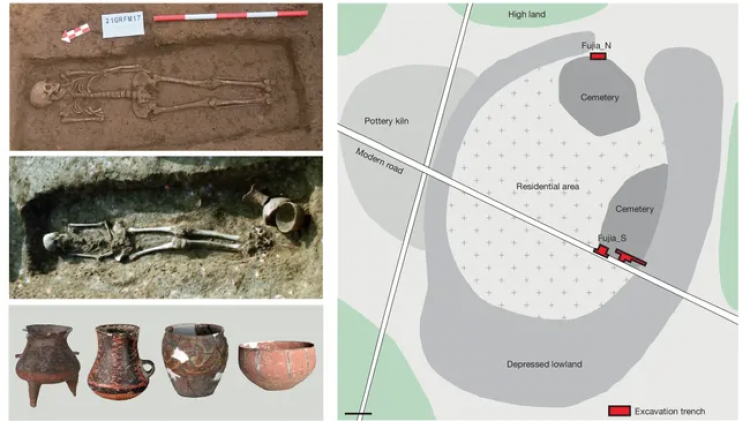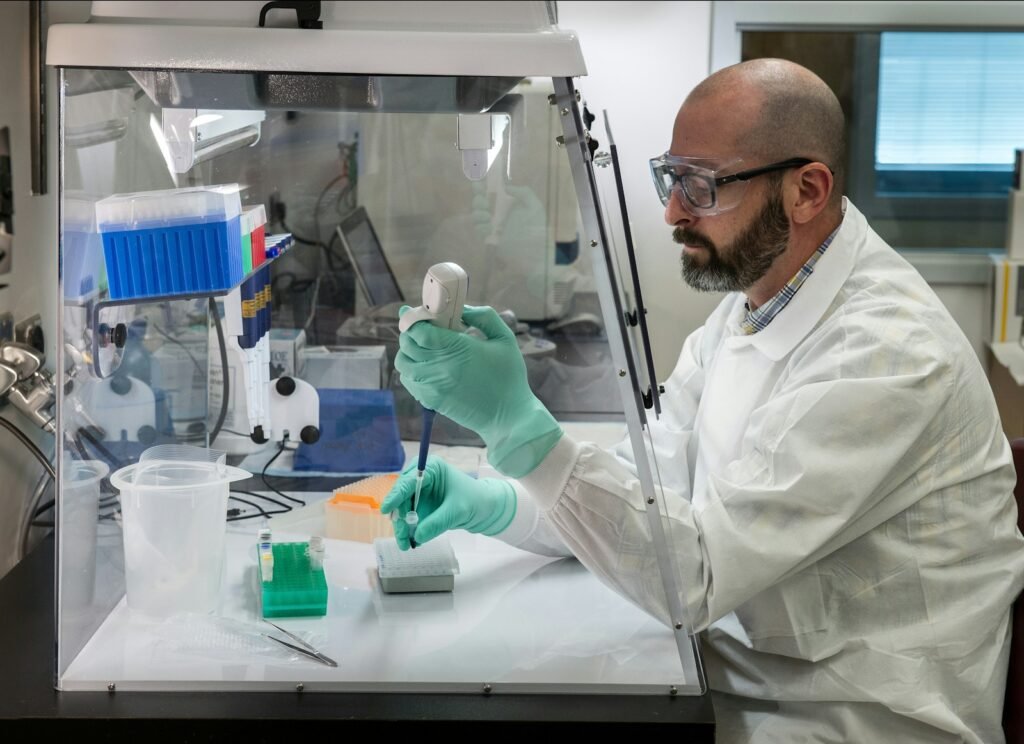Historians have thought for hundreds of years that ancient societies were mostly patriarchal, with men holding power and passing it down through their families. But a groundbreaking DNA study has turned that idea on its head. It shows that women ruled a Neolithic community in eastern China 4,500 years ago. Genetic testing on skeletons found at the Fujia archaeological site shows that there were two powerful maternal clans that ruled the area for at least ten generations. This finding, which was published in Nature, goes against what we thought we knew about gender and power in prehistoric societies and gives us a new way to think about how human societies have changed over time.
A Rare Matrilineal Society Unearthed in Neolithic China

The Fujia site in Shandong Province, China, is notable for a settlement included within the late Dawenkou culture that existed from 2750 to 2500 BCE. Archaeologists excavating the site uncovered two separate cemeteries: Fujia_N to the north and Fujia_S to the southeast. Alongside residential structures. Genomic analysis on a sample of sixty individuals revealed some remarkable results, every northern cemetery individual shared identical mitochondrial DNA (M8a3), while 44 of 46 southern cemetery individuals with maternal lineage D5b1b diverged.
What underscores this finding as exceptional is the disparity within paternal lineages. Despite close similarities for matrilineal DNA systems between males within the northern and southern cemeteries, Y-chromosome sequences were highly variable. This suggested that fathers came from many different regions; however, mothers served as clan foundations individually identified by maternal descent systems often hallmarked in societies where lineage, identity, property rights and burial is determined through woman’s ancestry.
A 250-Year Reign of Maternal Clans
Bayesian modeling based on radiocarbon datasets indicates that these two clans coexisted for about 250 years which is approximately 10 generations, uninterrupted. The system’s stability is especially remarkable in comparison to the patrilineal systems common during the Neolithic and Bronze Age periods.
Even more striking, males of all ages from teenagers to adults were buried solely among their maternal relatives. This stands in contrast to the patrilocality found throughout most other cultures, where women would marry into male-dominated families and move with their husbands. Such evidence implies that in Fujia, men shifted between clans while women stayed as social stabilizers.
Consanguinity and Closed Communities
The evidence of endogamy marriage, which is evidenced by genetic data, shows that quite a few individuals intermarried with their second or third cousins. In four of the cases, the pairs were as closely related as first cousins or siblings. While these combinations would seem strange today, they were certainly advantageous in this tightly-knit community.
Dr. Ning Chao, an archaeological researcher from Peking University says, “These patterns suggest that people worked hard to keep clan boundaries.” “Sticking with spouses from within the community would have reinforced maternal lineage and social ties.”
A Society Without Kings or Wealthy Elites

The Fujia community seems to have been equal, unlike later hierarchical societies. The grave goods were simple, and an isotopic analysis of the bones showed that the people ate mostly millet and seafood from nearby coastal waters. There wasn’t much evidence of social stratification; there weren’t any big tombs or fancy artifacts that suggested a ruling class.
This goes against the idea that early complex societies were always patriarchal. Fujia instead shows a model in which women-led clans kept things stable without centralized power or the ability to build up wealth.
Only the Fourth Confirmed Ancient Matrilineal Society

Prior to Fujia, the verification of DNA evidence had confirmed only three other ancient civilizations as being matrilineal:
- Chaco Canyon (800–1300 CE, New Mexico): A powerful dynasty where women passed on power.
- Celtic elites in southern Germany from 616 to 200 BCE: Nobility may have inherited things through their mothers.
- Iron Age Britain: The Durotriges tribe had a strong maternal lineage and men moved in.
The Fujia discovery is the oldest and first Neolithic example in East Asia. It makes us rethink how gender roles worked in early farming societies. “This isn’t just about one site; it suggests that matrilineal systems may have been more common than we thought,” says Yu Dong, an archaeologist at Shandong University.
Why Did This System Disappear?

The reasons behind the demise of matrilineal societies remain unknown; however, some historians speculate that the emergence of agricultural farming, property succession, and warfare might have increasingly patriarchal favoring organizational structures. The coast Fuijia economy with its millet-based production may not have required patrilineal controls.
Geneticist Huang Yanyi, who participated in the research project, said , “The next big question is why some societies remained matrilineal and others did not.” Adding on to this statement he noted “Fujia gives us a key piece of the puzzle.”
Conclusion: Rewriting Prehistoric Gender Narratives
The Fujia results prove that the idea that all ancient societies were patriarchal is false. Instead, they show a world that has been lost where women were powerful not through violence but through family ties and social ties. As DNA technology gets better, we may find more things like these that make us question the origins of human civilization.
Later excavations in East Asia may reveal whether the culture of Fujia was an unusual outlier, or whether it fits within some broader, more obscure tradition. This ancient community from over 4,500 years ago reveals to us the astounding variety that human societies can possess.
Sources:

Jan loves Wildlife and Animals and is one of the founders of Animals Around The Globe. He holds an MSc in Finance & Economics and is a passionate PADI Open Water Diver. His favorite animals are Mountain Gorillas, Tigers, and Great White Sharks. He lived in South Africa, Germany, the USA, Ireland, Italy, China, and Australia. Before AATG, Jan worked for Google, Axel Springer, BMW and others.



